The Franciscan order, founded by St. Francis of Assisi, came to the Philippines on a group of 15 friars in 1578. They henceforth began to evangelize Laguna, Morong, Tayabas, and Bicol.
In the second part of this series, I will feature three churches built by the Franciscans, the churches in the towns of Lumban, Pagsanjan, and Pila. I did this tour and took the photographs last Good Friday, April 22, 2011. Old photographs of the churches were retrieved from the online archives of OFM Archives Philippines. 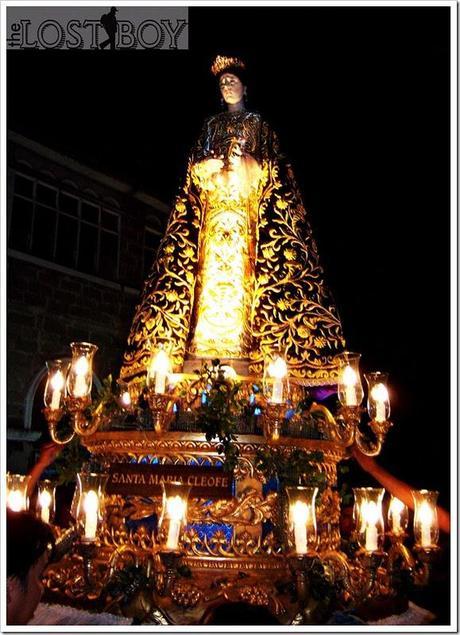
LUMBAN: San Sebastian Church (1578)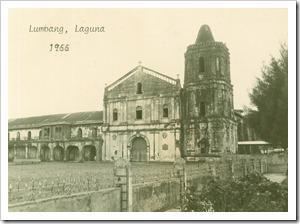 Lumban, then Lumbang, was the first center of evangelization in Laguna. Frays Juan de Plasencia and Diego de Oropesa started their missionary work here extending outwards to the other towns. The first church was built of bamboo and cogon grass but was burned down in 1586. A church of stone was started to be built in its place on the same year, making Lumban Church the first structure to be built in stone by the Franciscans outside Manila and the first stone church in Laguna. As Lumban was the first Franciscan mission in the Philippines, the first patron saint of the church was St. Francis of Assisi, but in the 18th century, the patron saint was changed to St. Sebastian.
Lumban, then Lumbang, was the first center of evangelization in Laguna. Frays Juan de Plasencia and Diego de Oropesa started their missionary work here extending outwards to the other towns. The first church was built of bamboo and cogon grass but was burned down in 1586. A church of stone was started to be built in its place on the same year, making Lumban Church the first structure to be built in stone by the Franciscans outside Manila and the first stone church in Laguna. As Lumban was the first Franciscan mission in the Philippines, the first patron saint of the church was St. Francis of Assisi, but in the 18th century, the patron saint was changed to St. Sebastian.
Part of the church has once been utilized as an infirmary for diseased missionaries from 1606 to 1618.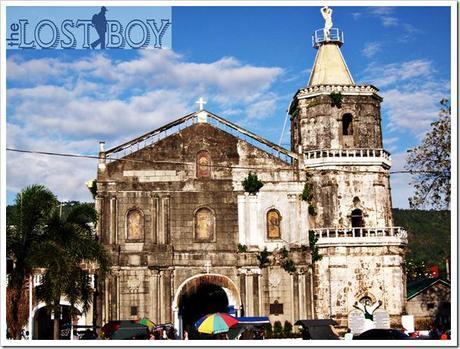
PAGSANJAN: Nuestra Señora de Guadalupe Church (1687) Pagsanjan was a visita or barrio of Lumban politically until 1668, years after a group of eight Chinese and Japanese traders established a trading settlement and engaged in the beetle nut industry. Due to the booming trade activity, it was named as Laguna's capital from 1688–1858. Note however, that it was only spiritually separated from Lumban in 1687, with Fray Agustin de la Magdalena as the first minister. A former missionary in Mexico, he brought in an image of Our Lady of Guadalupe, hence the name of the church.
Pagsanjan was a visita or barrio of Lumban politically until 1668, years after a group of eight Chinese and Japanese traders established a trading settlement and engaged in the beetle nut industry. Due to the booming trade activity, it was named as Laguna's capital from 1688–1858. Note however, that it was only spiritually separated from Lumban in 1687, with Fray Agustin de la Magdalena as the first minister. A former missionary in Mexico, he brought in an image of Our Lady of Guadalupe, hence the name of the church.
The church of nipa and bamboo was built in 1668 and eventually rebuilt using tiles by Chinese Miguel Guan Co and the chief Alguacil Alferez Alonzo Garcia in 1690. Two rival cofradias (confraternities) were also established: the Archicofradia del Santisimo Sacramento for the mestizos and Archicofradia de Nuestro Padre Jesus for the naturales. 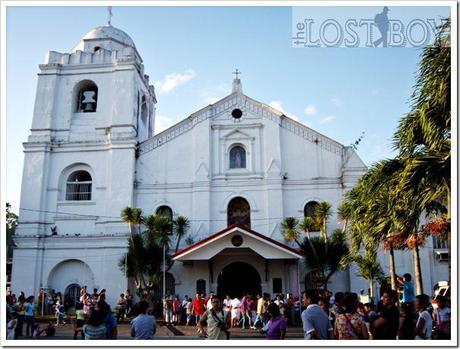
PILA: Shrine of San Antonio de Padua (1578)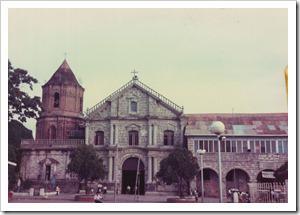
Pila was founded after Frays Juan de Plasencia and Diego de Oropesa read the gospel in 1578, the same year Lumban was established. The church is the first in the Philippines to be dedicated to St. Anthony of Padua, the second most venerated saint by the Franciscans after St. Francis of Assisi. In 1581, the first Antonine parish in the country was inaugurated, following the 350th death anniversary of St. Anthony of Padua. Consequently, a stone church that was described as the "most beautiful church in the province of Laguna” by Alcalde Mayor (Governor) Don José Peláez was built from 1599 to 1617. Note too that because of the strong faith and nobility of the townspeople, Pila was named as "La Noble Villa de Pila" by the conquistadors and served as the primary residence of Fray Oropesa.
For 55 years, the church in Pila served as the Franciscan infirmary after the one in Lumban was transferred in 1618. A second patron saint, San Roque, was invoked after social crises arose sometime during the 18th century. Ultimately, due to perennial flooding during the late 18th century, the old church, along with the town center, was transferred stone by stone from Pagalangan to its current site in Sta. Clara.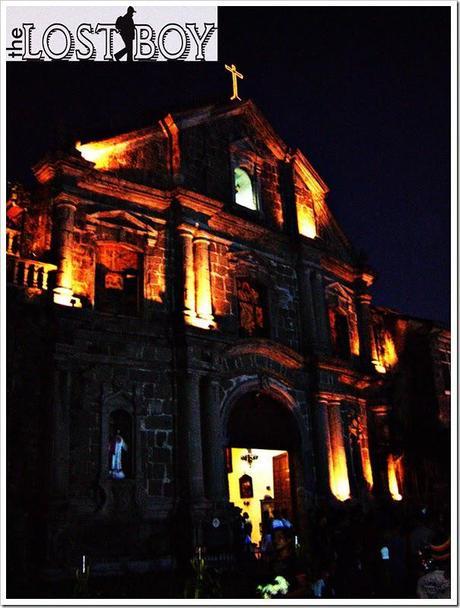
Related Post: Laguna Heritage Churches Part 1: Pakil, Paete, and Longos

